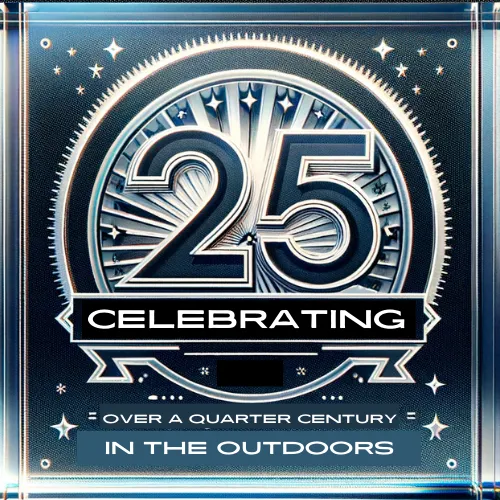DIVA WOW - Outdoor Sisterhood
A Dynamic and Diverse Outdoor Sisterhood Thriving on the
Spirit of Introducing Women to the Great Outdoors
Our membership spans from Astronauts to Zoo Keepers and young outdoor enthusiasts to seasoned mentors. We are passionate about a range of activities, including youth-focused adventures, hunting, fishing, camping, and kayaking. FIRST to host leagues and/or clinics; plus opportunities for women to actively participate in the outdoors:
Archery
Dog Training
Fly Fishing
Kids Outdoor Kamp
Long Range Rifle
3-Gun
Pistol
Rifle
Shotgun
Slingshots
Spin Casting
ZZ Birds
Leadership Opportunities
Equipment Workshops
Skills Workshop
Member Road Trips
Socials Events
Networking
Our organization reflects a unique story of women bonding over 3 generations. Supporting women blazing trails teaching sons, daughters, and grandchildren while charting their own outdoor paths. Join DIVA WOW to become part of the living outdoor legacy.

